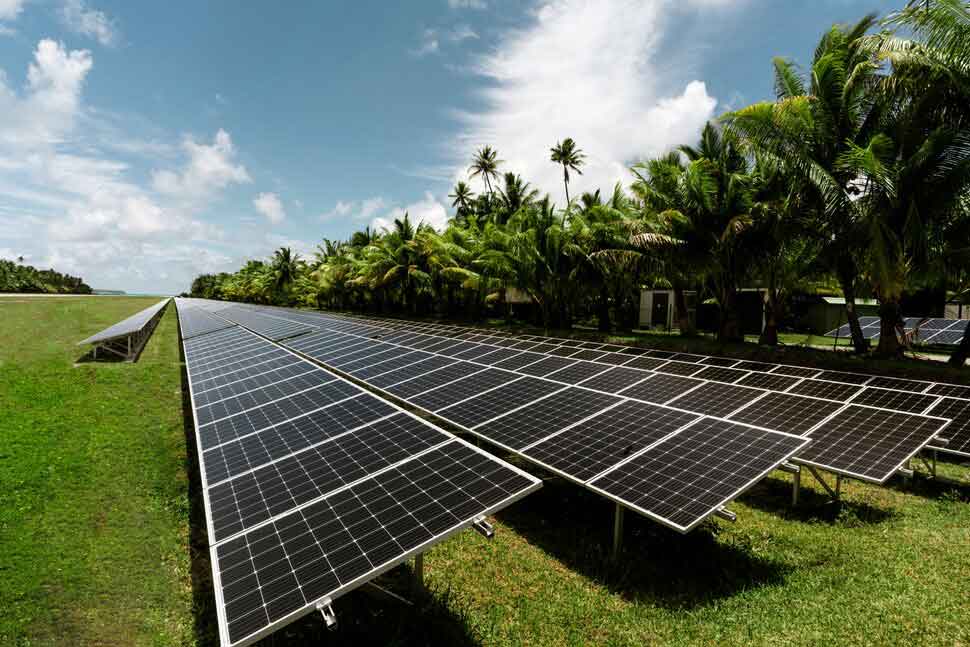
Future trends in solar panel technology are focused on improving efficiency, reducing costs, and expanding applications. Two key advancements in this area are thin-film solar panels and bifacial solar panels.
Thin-Film Solar Panels:
- Efficiency Improvements: Thin-film solar panels, made from layers of photovoltaic material deposited on a substrate like glass, plastic, or metal, are lighter and more flexible than traditional silicon-based panels. Ongoing research aims to improve their efficiency, making them competitive with silicon panels.
- Cost-Effectiveness: Thin-film panels have the potential to be more cost-effective to produce than traditional silicon panels due to their simpler manufacturing processes and use of less material. As manufacturing techniques improve, thin-film panels are expected to become more affordable.
- Versatility: Thin-film panels can be used in a variety of applications where traditional panels may not be suitable, such as on curved surfaces or in building-integrated photovoltaics (BIPV).
- Emerging Technologies: New types of thin-film materials, such as perovskites, are being researched for their potential to further increase efficiency and reduce costs.
Bifacial Solar Panels:
- Increased Efficiency: Bifacial solar panels can generate electricity from both sides, capturing sunlight reflected off surfaces like the ground or nearby buildings. This can significantly increase their efficiency, especially in locations with high reflectivity.
- Versatility: Bifacial panels can be used in a variety of settings, including rooftop installations and ground-mounted arrays, making them suitable for both residential and commercial applications.
- Cost-Effectiveness: While bifacial panels may be more expensive upfront than traditional panels, their higher efficiency and energy yield can lead to greater cost savings over time.
- Technological Advances: Ongoing research is focused on improving the design and materials used in bifacial panels to further increase their efficiency and reduce costs.
Conclusion:
Both thin-film and bifacial solar panels represent promising advancements in solar panel technology. As research and development continue, these technologies are expected to play an increasingly important role in expanding the use of solar energy and driving down costs, making solar power more accessible and affordable for a wider range of applications.
